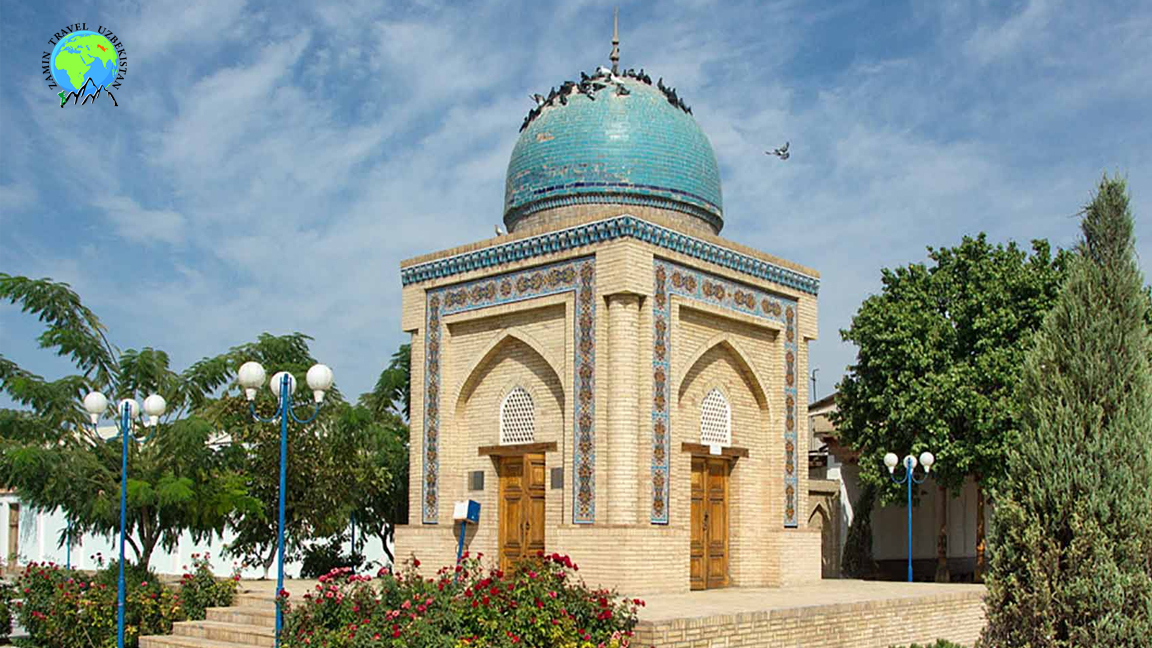


Margilan is one of the oldest cities in Central Asia. Legend has it that the city was founded by Alexander the Great. The area was known as "Khodjent zu Uzgen". On the way back from his conquests, he crossed the city that was later named as Margilan. In the 10th century Margilan was already the largest city in the Ferghana Valley and was famous for its silk fabrics, which were supplied by merchants to Egypt and Greece, Baghdad, Khorasan and Kashgar along the Great Silk Road. To this day, Margilan is still the silk capital of Uzbekistan. The city is known for its silk ikat production. These include the famous and traditional Khan Atlas weaving or royal silk, which is valued around the world as the ikat technique. Craftsmen now use natural dyes for silk and samtikats, which are processed using traditional techniques just like in the past. After the city was part of the Kokand Khanate in the 18th century, it was annexed by the Russians in 1876. 15 km to the southeast, a city called "New Margilan" was built, which was the center of the Ferghana region. The construction work in this new city was carried out in relation to the regular plan, the main features of which have been preserved up to our time. New Margilan was first established in 1907 called "Skobelev" and then renamed Ferghana in 1919. In the center, the fortress was built on the highest hill in the south of the city. In general, the map of Ferghana is very similar to the map of St. Petersburg. Ferghana grew slowly. For a long time it was a great "place to work" for the military and civil servants. The city's noticeable growth only began in the 20th century, especially after Uzbekistan's independence in 1991. Meanwhile, Ferghana has become an important industrial center of Uzbekistan and is the second largest city in the country after Tashkent in terms of production volume. 50 kilometers from Ferghana is a small town called Rishtan. Since ancient times, the people of Rishtan were very famous for their ceramics. For more than 800 years, from generation to generation, the craftsmen have created the secrets of making ceramics from the red clay and the natural mineral dyes consisting of ash and mountain herbs, conveying this special color spectrum as a glaze. The large, flat “lyagan dishes”, “Shokosa bowls”, pots for water, jugs for milk, with ornaments in “Ishkor glaze”, were decorated with characteristic turquoise and azure blue colors. The craftsmen from Rishtan are known all over the world and their works adorn numerous international exhibitions, museums and private collections.